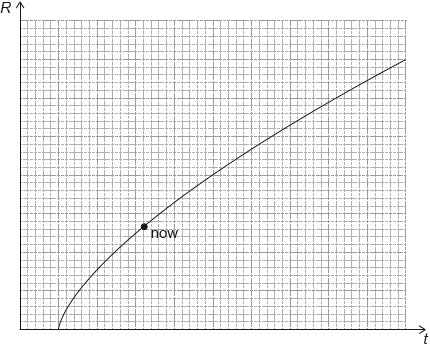| Date | November 2017 | Marks available | 3 | Reference code | 17N.3.HL.TZ0.20 |
| Level | Higher level | Paper | Paper 3 | Time zone | 0 - no time zone |
| Command term | Show that | Question number | 20 | Adapted from | N/A |
Question
The Sun is a second generation star. Outline, with reference to the Jeans criterion (MJ), how the Sun is likely to have been formed.
Suggest how fluctuations in the cosmic microwave background (CMB) radiation are linked to the observation that galaxies collide.
Show that the critical density of the universe is
where H is the Hubble parameter and G is the gravitational constant.
Markscheme
interstellar gas/dust «from earlier supernova»
gravitational attraction between particles
if the mass is greater than the Jean’s mass/Mj the interstellar gas coalesces
as gas collapses temperature increases leading to nuclear fusion
MP3 can be expressed in terms of potential and kinetic energy
fluctuations in CMB due to differences in temperature/mass/density
during the inflationary period/epoch/early universe
leading to the formation of galaxies/stars/structures
gravitational interaction between galaxies can lead to collision
[Max 3 Marks]
ALTERNATIVE 1
kinetic energy of galaxy mv2 = mH2r2 «uses Hubble’s law»
potential energy = = Gr3 «introduces density»
KE=PE to get expression for critical
ALTERNATIVE 2
escape velocity of distant galaxy v =
where H0r =
substitutes M = r3 to get result


